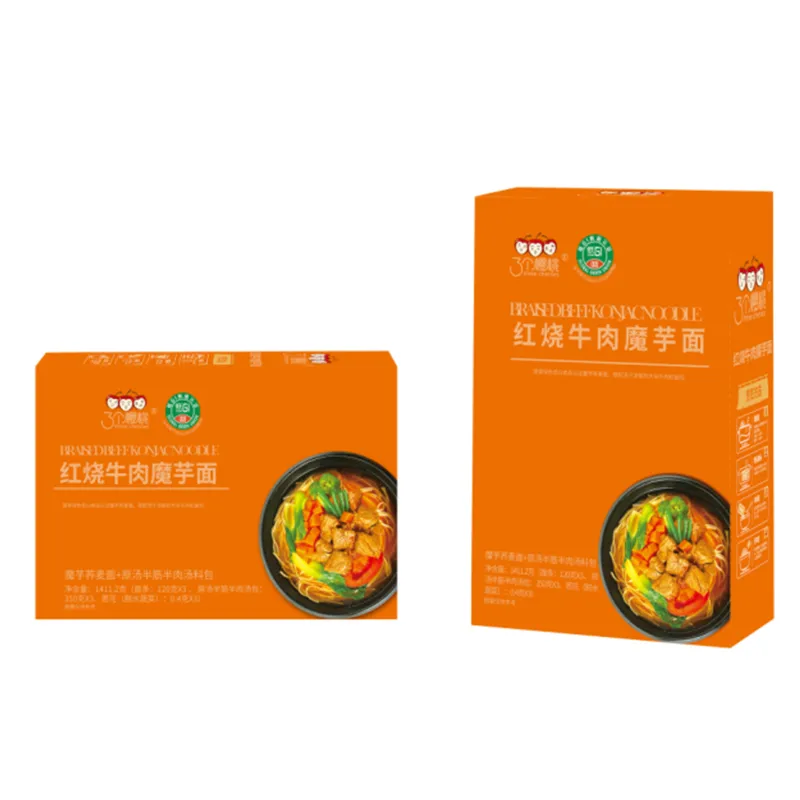hand made ramen noodles
The Art of Hand-Made Ramen Noodles
Ramen, a beloved Japanese dish, has taken the culinary world by storm, with its rich flavors and comforting warmth. While many enjoy the convenience of instant noodles, there's something undeniably special about hand-made ramen noodles. This traditional approach not only enhances the taste and texture of the dish, but it also embodies a rich cultural heritage that celebrates craftsmanship and creativity.
At its core, making hand-made ramen noodles is an art form that requires skill, patience, and a deep understanding of the ingredients involved. The primary components are flour, water, salt, and an alkaline mineral known as kansui, which is essential in giving ramen its unique texture and flavor. The process begins with selecting high-quality wheat flour, often high in protein, which provides the necessary structure and chewiness.
The Art of Hand-Made Ramen Noodles
Once the dough is formed, it is wrapped in plastic and allowed to rest. This resting period is essential, as it allows the gluten to relax, making the dough easier to roll out later. After resting, the dough is rolled out into thin sheets, traditionally using a rolling pin or a pasta machine. Achieving the perfect thickness is vital; it should be thin enough to cook quickly but thick enough to maintain a satisfying bite.
hand made ramen noodles

The next step is to cut the sheets into noodles. This can be done by hand with a sharp knife or with a noodle cutter. The width of the noodles can vary, with some preferring the thin, delicate strands typical of shoyu ramen, while others may opt for the thicker, chewier noodles found in tonkotsu ramen. After cutting, the noodles are dusted with flour to prevent them from sticking together, and they can be twisted into nests for easier cooking.
Cooking hand-made ramen noodles is a delightful experience. They typically require only a few minutes in boiling water, as they are fresh and do not need the lengthy cooking times associated with dried noodles. The texture of the hand-made noodles after cooking is markedly different from their instant counterparts; they are springy and possess a delightful chew that enhances the overall eating experience.
While the noodles are the star of the dish, they are complemented by various toppings and broth. The broth, whether it’s a rich tonkotsu (pork bone) or a lighter shoyu (soy sauce) base, plays a vital role in building the flavor profile. Toppings such as chashu (braised pork), nori (seaweed), menma (bamboo shoots), and freshly chopped green onions add complexity and contrast to the dish.
In recent years, the hand-made ramen trend has seen a resurgence, as chefs and home cooks alike appreciate the satisfaction of creating something from scratch. Ramen-making classes have popped up, allowing enthusiasts to learn the craft and share their creations with others. This hands-on approach not only fosters a deeper understanding of Japanese cuisine but also builds community through shared culinary experiences.
In conclusion, hand-made ramen noodles represent more than just a delicious meal; they symbolize a connection to tradition, creativity, and the joy of cooking. Whether enjoyed at a small ramen shop or made in the comfort of home, each bowl of hand-crafted ramen is a testament to the dedication and artistry involved in its creation. As more people explore the world of hand-made noodles, they not only celebrate the rich flavors of ramen but also honor the deeply rooted traditions that have shaped this iconic dish for generations.
-
Unleash Your Inner Chef with Delectable Italian Pasta CreationsNewsAug.01,2025
-
Savor Health and Flavor: Irresistible Soba Noodles for Sale Await!NewsAug.01,2025
-
Nourish Your Body with Premium Organic Ramen - A Culinary Delight AwaitsNewsAug.01,2025
-
Elevate Your Dishes with Our Exquisite Kinds of Egg NoodlesNewsAug.01,2025
-
Dive into Flavorful Convenience with Our Ramen OfferingsNewsAug.01,2025
-
Discover Exquisite Types of Naengmyeon and Chilled Soba NoodlesNewsAug.01,2025
-
Is Whole Wheat Pasta Healthy?NewsMay.30,2025
Browse qua the following product new the we

















































































































